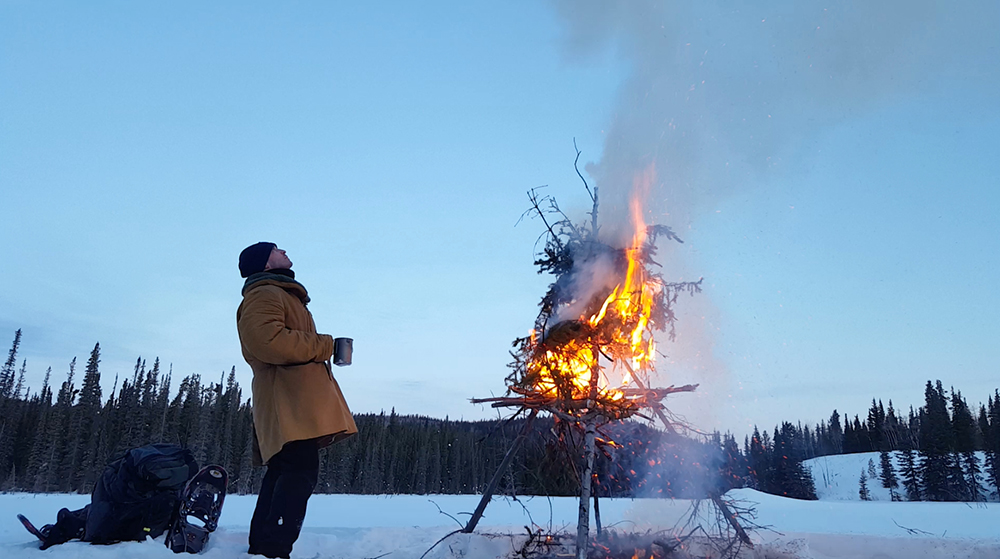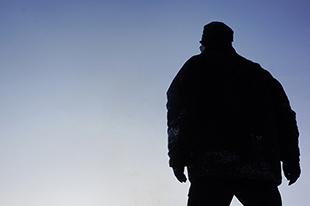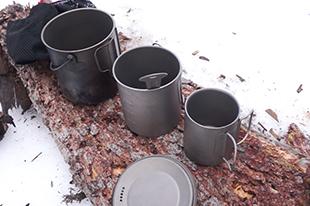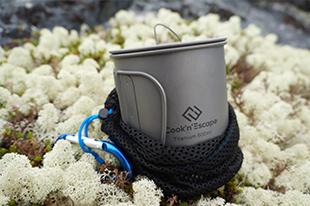The lost art of the signal fire

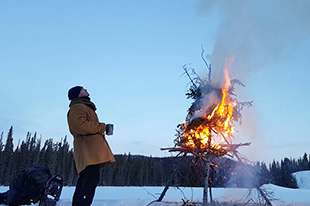
The lost art of the signal fire
Making a fire to signal distress or emergency is a skill few master. Maybe because it is a skill that is less and less needed. Why learn it when a locator beacon or a satellite phone will do a great job at calling for help? The same idea applies for the use of a compass, why use one when a GPS is much more simple and accurate to use? Well, we believe in learning the basics, because no one knows when they will be needed. The signal fire is more of an “art” than science for several reasons. First, it is a mean of communication. Fire has been used to signal information by the ancient Chinese, the First Nations of North America, and the Aboriginal peoples of Australia. Second: you will need to be creative if you resort to fire for signaling an emergency. You will need to do with what you have on hand since being stranded on a tropical island or in the high Arctic does not bring equal options for an effective signal fire. Here are general guidelines you could adapt to your reality.
The goal is to be found by search and rescue teams or by other random people. They may come by air, but also by land or by sea. Determine what type of fire is more likely to help for the specific situation. When should you light one? Wait for the night? Let a storm pass? Should it have a lot of smoke or a lot of light? Plan the fire well, you may not have a second chance.
The location of the fire is critical. Sure, finding an elevated place is a good idea: a hilltop, a mountainside, or at least a clearing. However, the proximity of a fuel source is perhaps a more important consideration. Balance the two needs.
Of course, smoke can be seen from far away. But a good fire also emits a lot of light and can be seen easily by an airplane at night. It provides heat as well, which can be detected by sensitive imaging equipment. Don’t forget that smoke has a very distinctive smell. With wind in your favor it could be a great indicator for a land rescue team looking for you.
Build some kind of platform: in a snowy area it provides some insulation from the ground, the smoke may rise in the air faster, and may be seen more easily.
Maintain a small fire all day if you have enough fuel source, and just pile up in proximity a fuel source that will create a lot of smoke when the time comes. Experiment with different things if you can, but green conifer boughs, wet foliage, and grass will help you produce a lot of smoke fast. As soon as you hear a plane, start creating as much smoke as possible. For an airplane rescue minutes count. You need to be noticed fast or the plane will miss the signal.
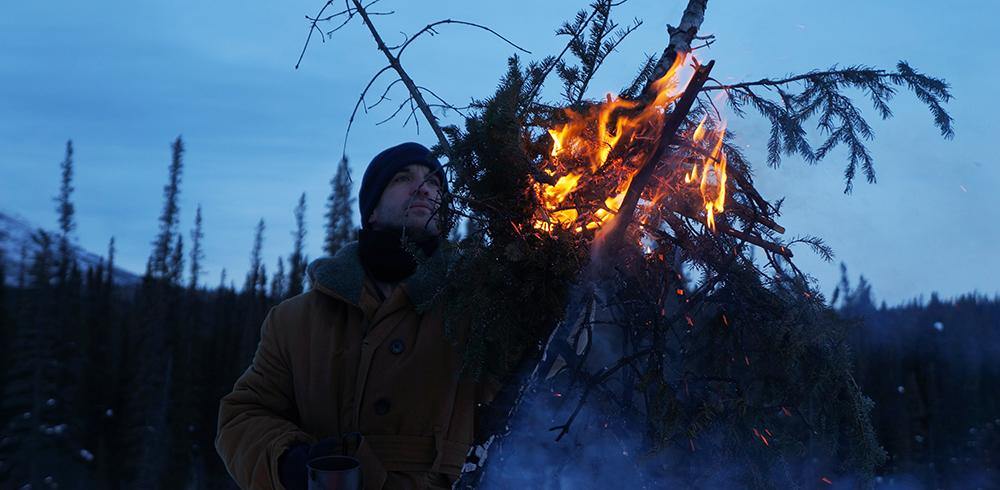
Build 3 fires or groups of 3 small fires. Remember that a group of 3 is an international signal of distress. The only problem with that option is the speed at which you can light the three fires. If it takes too long, it is an issue for air rescue. Make sure your fire starting material is dry and burn quickly. If the wind is strong or the weather adverse, lighting a fire will already be challenging, let alone lighting three fires.
Burn something big: a large standing dead tree, tires, a car, manufactured structures maybe? Of course, we are not encouraging to do anything illegal or risky. We are talking about a survival scenario in a remote location where extreme measures may be needed to get noticed. The fact is that man-made things have a lot of chemicals in them that could produce dense, heavy black smoke. Always weigh and consider potential serious consequences, like starting a wildfire or being seriously injured.

